5
neglected relative to other sources of error.
Dephasing, Damping and Noisy CNOTs for TD-
QRAM. The only type of error missing in the analysis
is the error derived from the use of noisy CNOTs. Illus-
trated in Fig. 3, the dephasing and damping errors min-
imally contribute to infidelity. We now analyse the case
for noisy CNOTs on top of fixed T1= 2 s and T2= 100 ms
(note we now switch to linear scale in the y-axis for the
fidelity, due to the set of values present for the different
simulations). For simplicity, we consider equal CNOT
error probability, ϵCNOT, for both electronic and nuclear
CNOTs, and vary ϵCNOT from 10−5to 10−2as shown in
Fig. 3:
These simulations show that the CNOT gates domi-
nate the overall error in the QRAM state fidelity in the
TD-QRAM. For instance, to access a 128-qubit QRAM,
one needs fidelities of the CNOT gates to be somewhere
near 99.9% to obtain an access fidelity exceeding 90%. In
this architecture, while the query times do not increase
linearly with the size of the memory, the errors do. Ex-
pectedly, applying an error to a single qubit of a GHZ
state contributes in the same order for the entire state.
The price to pay for performing CNOTs with such large
error rates deterministically could be circumvented by
near-perfect yet probabilistic CNOTs [22, 27] via cavity-
based electron spin-photon interactions, as opposed to
deterministic yet error-prone nuclear-electron spin cou-
pling. In light of this, we explore a hybrid teleportation-
based QRAM architecture in the following section.
Teleportation-based Stochastic QRAM . In the
TD-QRAM protocol, the entanglement generation and
swap (Fig. 8) operation are still probabilistic given the
finite chance of photon loss. Hence, these probabilistic
CNOTs are done in parallel throughout each physical
layer to improve efficiency. After an EPR pair is created
between two electron spins, however, transferring entan-
glement onto the nuclear spins is a deterministic proce-
dure. Thereby, the query time grows sub-linearly. As
noted before addressing the TD-QRAM scheme, this de-
terministic CNOT based on nuclear-electron spin inter-
action mainly dominates the infidelity of the GHZ state,
motivating us to contemplate an alternative solution.
Since the decoherence errors from T1and T2contribute
much less to the infidelity relative to electron-nuclear spin
CNOT, replacing some of the noisy deterministic CNOTs
with probabilistic CNOTs helps improve the fidelity de-
spite reducing efficiency. As we will show, this leads
to higher QRAM tree state fidelities, albeit with longer
query times. We call this architecture ‘teleportation-
based stochastic QRAM’, or TS-QRAM.
Relying solely on probabilistic CNOTs in every step of
the protocol would be very inefficient since the probabil-
ity of generating a GHZ state diminishes exponentially
with the number of nodes. In other words, if one entan-
glement attempt fails during construction of a GHZ state,
the entire state collapses. Since each linking process is
heralded, there are ways to circumvent this by choosing a
specified order to perform the CNOTs, similar to entan-
glement swapping in a repeater chain [28, 29]. Here, the
probabilistic swapping operations are equivalent to the
probabilistic CNOTs, and measuring the middle node is
analogous to joining smaller GHZ states to form a larger
GHZ state. Abstractly, they describe the same problem,
which allows us to use the solutions provided by Ref. [29].
Next, we present an in-depth analysis of the trade-off be-
tween fidelity and query rate as a function of error rates
and physical implements.
Increasing T1and T2.To decrease the number of
employed deterministic CNOTs, and taking into account
that these always happen when the electronic spins in-
teract with the nuclear spins, it is natural to consider
dropping the nuclear spins altogether. This is motivated
by the fact that we can perform CNOTs, albeit proba-
bilistically, between the electron spins. The downside is
that electron spins suffer from having shorter coherence
times than their nuclear counterparts. Still, it is advanta-
geous to consider such schemes to avoid the use of noisier
deterministic CNOTs.
To minimize the consequently increased decoherence,
one could conceive schemes for increasing the T1and T2
times for the electrons, since these are the ones now caus-
ing the fidelity bottleneck, together with the required
time to query the memory.
Presently, the SiV’s electronic spin’s T1time is shown
to be longer than 1 s [23], thereby posing no concern
over depolarisation. On the other hand, its T2coherence
time is limited to tens of milliseconds [23] even under dy-
namical decoupling. The main dephasing mechanism is
attributed to the surrounding nuclear spin bath, which is
weakly coupled to the electronic spin of interest via hy-
perfine interaction [30]. A potential avenue to improving
the electronic spin’s T2is therefore to “purify” its environ-
ment by materials engineering [31]. By producing SiV in
a carbon-13 free matrix, for example, the coherence time
may be further extended.
Nevertheless, our numerical analyses of the hybrid
scheme show fidelities still exceeding 60% for a reason-
able CNOT error rate of 10−3and 1024 memory cells,
using a T2of 100 ms. For such a result, a probability of
success of about 70% for the CNOT is required.
The Teleportation-based Stochastic QRAM
Protocol. In the TD-QRAM protocol, there are
two steps occurring in parallel across each layer in the
QRAM: one for generating EPR pairs across every other
node and another for linking all the states into a larger
GHZ state, via sharing EPR pairs in-between nodes hold-
ing the previously shared EPR pairs (see Fig. 8). This
could be made in parallel because the linking operations
are deterministic.
In the TS-QRAM protocol, however, we must now con-
sider an order for the linking step that depends on the
node’s position, similar to the quantum repeater chain
problem [26, 29, 32]. If a linking process fails, the sub-
set of qubits that would have become entangled must
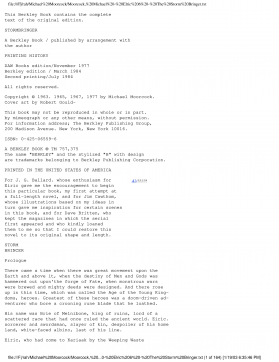
 2024-12-08 12
2024-12-08 12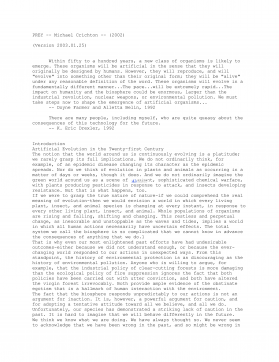
 2024-12-08 14
2024-12-08 14
 2024-12-08 10
2024-12-08 10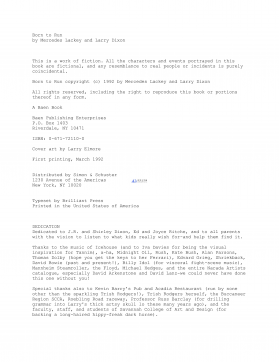
 2024-12-08 10
2024-12-08 10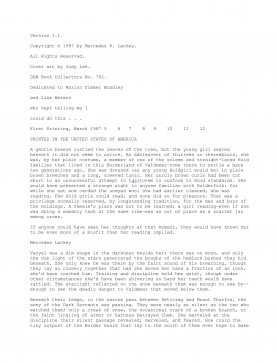
 2024-12-08 15
2024-12-08 15
 2024-12-08 18
2024-12-08 18
 2024-12-08 27
2024-12-08 27
 2024-12-08 25
2024-12-08 25
 2024-12-08 16
2024-12-08 16
 2024-12-08 30
2024-12-08 30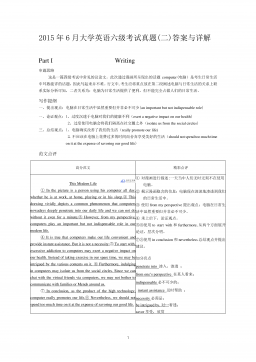
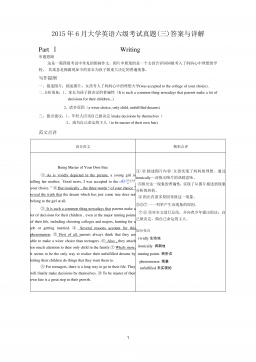
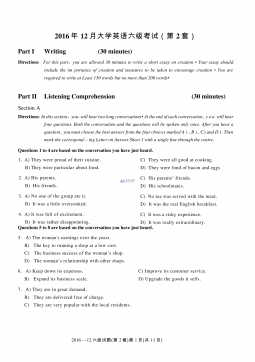
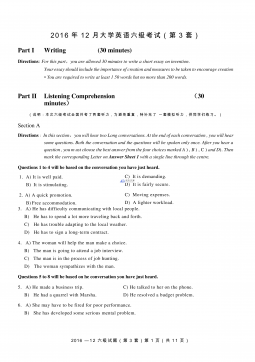



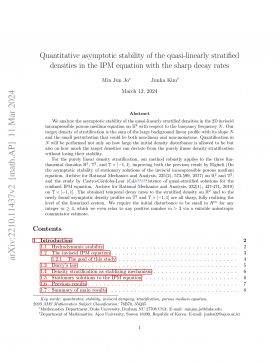
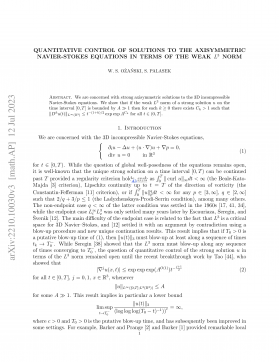
 渝公网安备50010702506394
渝公网安备50010702506394
